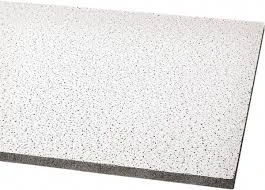ceiling panel types
-
Aesthetically, perforated metal grid ceilings offer a contemporary and industrial look, appealing to modern design sensibilities. They can be customized in various styles, finishes, and colors to suit the specific needs of a project. Whether in a corporate office, a retail space, or an art gallery, these ceilings can serve as a focal point that enhances the overall design scheme. The versatility in design allows architects and designers to create unique and stylish interiors that stand out.
...
-
...






